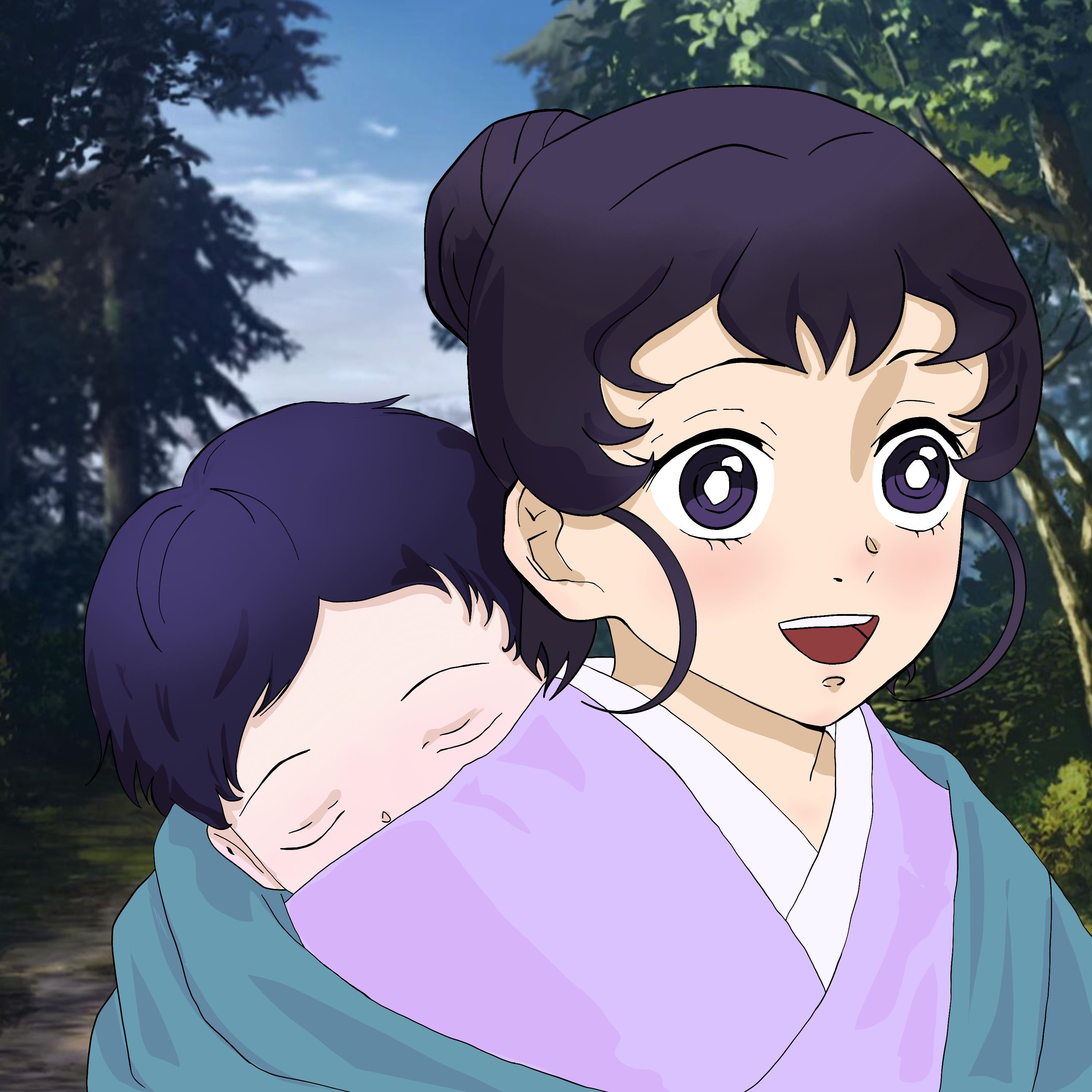Joint Type and Muscle Origin and Insertion.pptx
Cards (13)
- What are the types of synovial joints mentioned in the study material?
- What are the characteristics of plane joints?
- What defines hinge joints?
- What are the features of pivot joints?
- Describe ellipsoid joints.
- What are the characteristics of saddle joints?
- What defines ball-and-socket joints?
- How do skeletal muscles produce movement?
- What role do tendons play in muscle movement?
- How many joints do most muscles cross?
- What is the origin and insertion of a muscle?
- Why does the bone of origin remain stationary?
- What happens to the insertion during muscle contraction?
